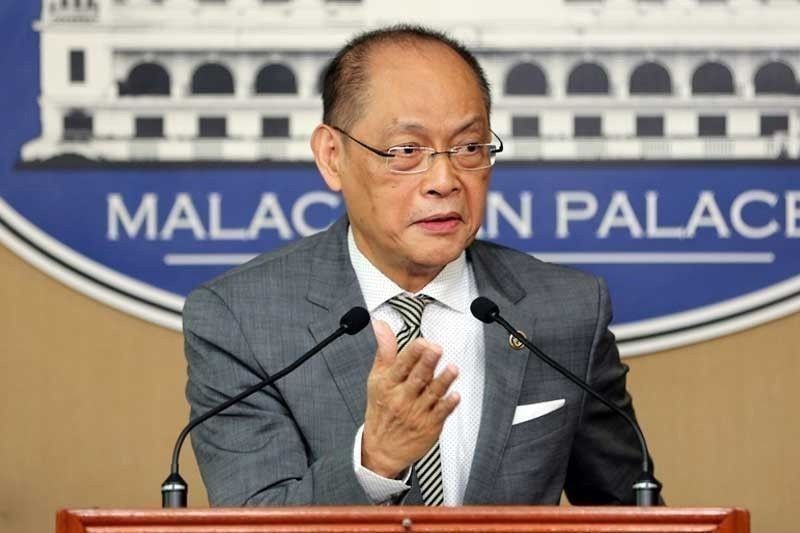Philippine ranks 5th in terms of real interest rate level in region

MANILA, Philippines — The Philippines ranked fifth among 16 central banks in terms of real policy interest rates, according to Bangko Sentral ng Pilipinas Governor Benjamin Diokno.
Diokno said the country posted a negative one percent real interest rate as of February.
Real policy interest rate refers to nominal policy interest rate that has been adjusted to remove the effects of inflation.
The BSP Monetary Board has maintained its benchmark rate at a record low of two percent for more than a year while inflation averaged three percent in the first two months of the year, well within the central bank’s two to four percent target.
Diokno said preliminary data showed that Indonesia posted the highest real policy rate at 1.44 percent followed by Japan at 0.60 percent, Hong Kong at -0.70 percent, and Malaysia at -0.55 percent.
The Euro region posted -5.8 percent, United Kingdom had -5.25 percent, while the US posted the lowest at -7.65 percent.
When interest rates are low – or even negative – banks and financial institutions are more likely to charge lower interest rates on loans to customers.
In turn, customers would spend more on goods and services, helping boost growth in the economy and inflation.
The Philippines exited the pandemic-induced recession that stretched five quarters, with the gross domestic product (GDP) growing by 5.6 percent last year after shrinking by 9.6 percent in 2020 due to the impact of the COVID-19 pandemic.
Economic managers see the GDP expansion accelerating to a range of seven to nine percent this year.
However, lower interest rates also tend to lead to a lower exchange rate.
The peso depreciated by 5.3 percent to close 2018 at 52.58 to $1 last year from 49.93 to $1 in 2020. The peso touched a low of 54.325 to $1 in September last year.
The local currency remains among the weakest in 2.5 years and already depreciated versus the US dollar by about 2.8 percent since the start of 2022 at 52 levels.
A stronger US dollar would mean the need to send less remittances to pay for the same amount of pesos.
The central bank sees remittances from overseas Filipino workers growing by four percent this year after expanding by more than five percent and hitting record levels last year.
- Latest
- Trending





























